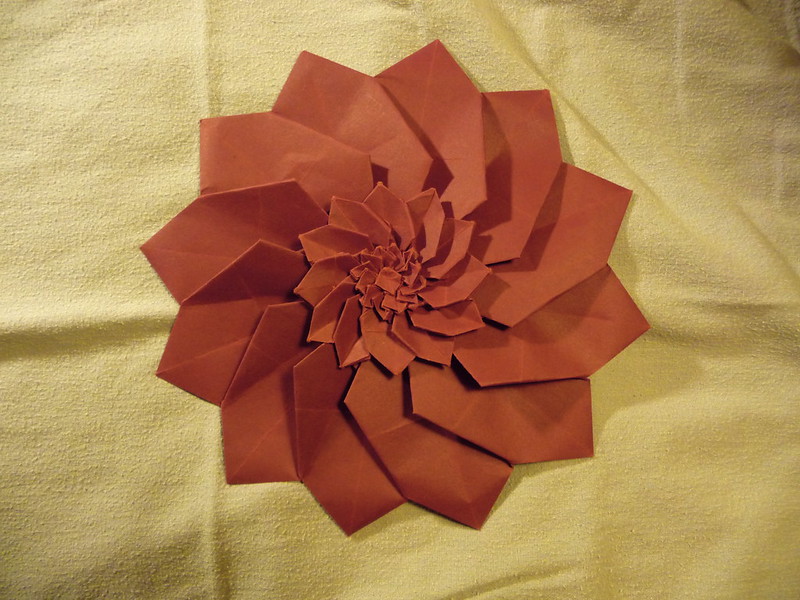Fractals and Feng Shui is an article thought to be a bridge between modern mathematics and Feng Shui through philosophy, science and esoterism, with some practical applications in furnishings.
Fractals and Feng Shui is inspired by some readings, in particular 432Hertz music revolution by Riccardo T.Tuis and Fractal Geometry of Nature by Mara Massarucci. Some passages including a clear understanding about the nature of fractals have been extracted from this last article.Fractal Geometry is a recent branch of mathematics, which starts with observing that a lot of natural shapes (coasts, tree branches, snowflakes etc) are far from representing the regular figures of Euclidean geometry. Its purpose is therefore to make use of unconventional geometric entities to interpret exactly that kind of irregular shapes existing in nature.
Galileo Galilei, who is universally considered the father of scientific method, used to summarize his thought with masterly skill:
“ The book is written in mathematical language, and the symbols are triangles, circles and other geometrical figures, without whose help it is impossible to comprehend a single word of it; without which one wanders in vain through a dark labyrinth.” (Complete works)
At a distance of more than three centuries Benoit Mandelbrot (Fig. 2 – born in Varsavia 1924, dead at Cambridge 2010) writes:
“Euclidean geometry is unable to describe the complexity of nature, as it confines itself to regular shapes. All objects with a perfectly spherical shape, or […] On the contrary, by observing nature we see that clouds are not spheres, coasts are not circles, but they are object which have a great geometric complexity” (from Les objects fractals, 1975.)
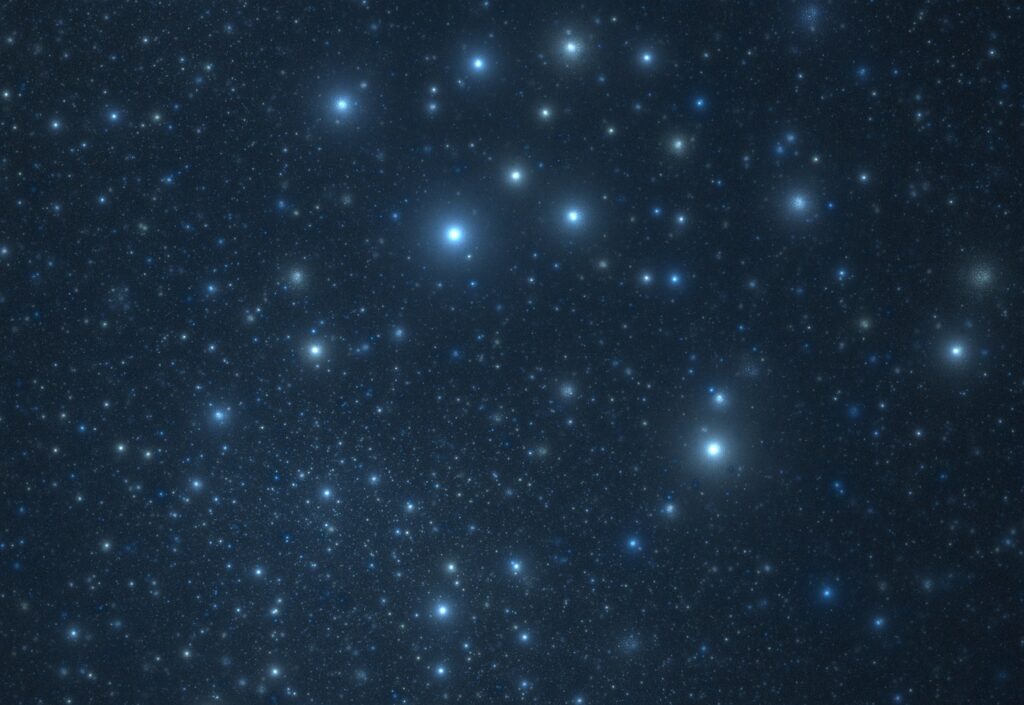
So fractals sprang up: patterns able to capture those natural shapes as a flower, a tree, a lightning, a snowflake within mathematical formulas, while they had so far considered to be no reproducible by any mathematical rules. Fractal geometry (from latin frangere, that is to break) is the study of recurring basic shapes which enable us to find the generating rules of structures existing in nature.
What is a fractal? “A geometric figure or a natural object with a part of its shape or structure recurring at different scales and with distinct elements having many different dimensions”. Benoit Mandelbrot (les objects fractales,1975)
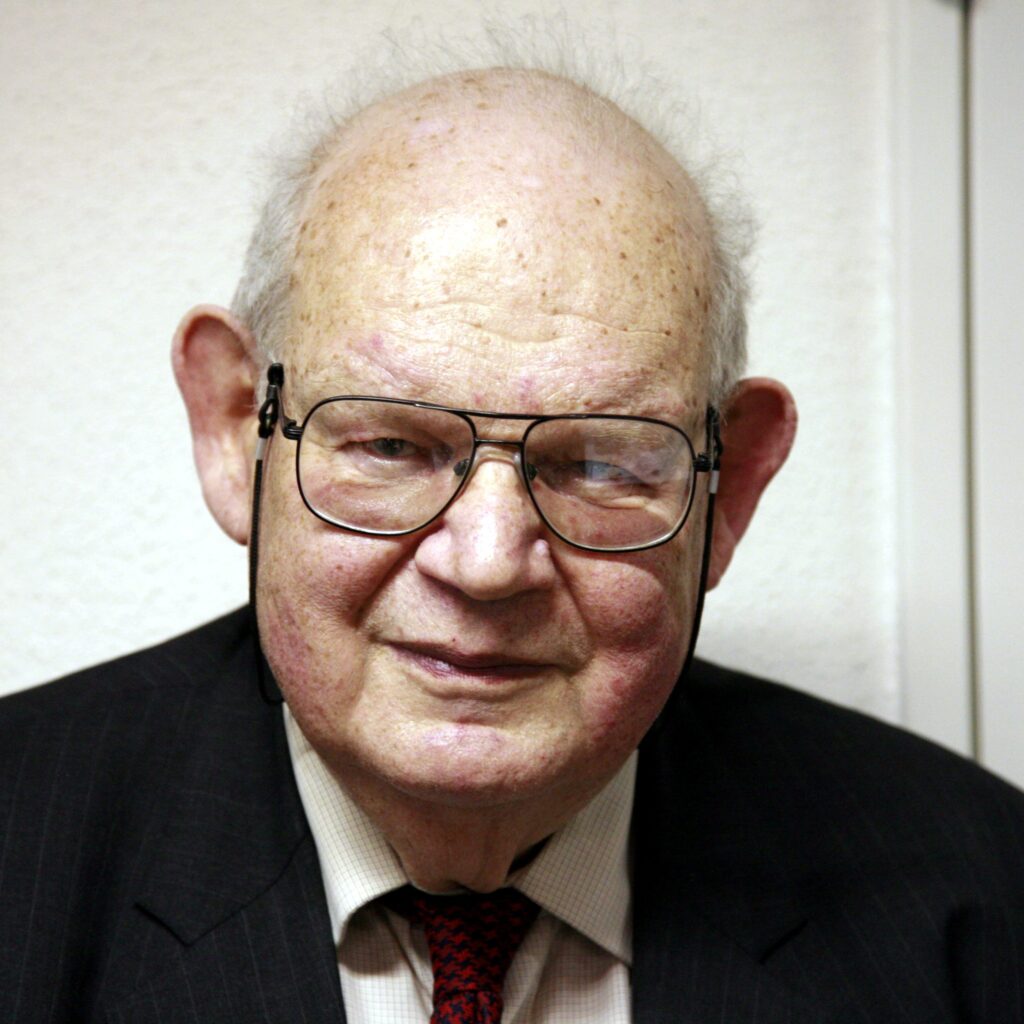
Fractals are geometric figures with the distinguishing feature of an endless repetition of the same pattern on a smaller and smaller scale.
This is the most intuitive definition you can give about natural shapes which have an incredibly high recurrence rate in nature, not yet having any specific mathematical definition.
And it was no doubt the ability of representing singular mathematical objects and connecting them to natural shapes, which produced Mandelbot’s success; this connection seems to almost disclose a higher being’s secret plan of creating Nature through mathematics (Fig.1).
For that reason, in the Eighties (“The fractal geometry of Nature” came out in1982) attempts were made to find fractals in any field of knowledge, from nature to medicine and even music. At first a new branch of fractal geometry was expanded, with the task of studying the so called biomorph fractals, that is to say, similar to shapes existing in nature.
Nevertheless, for example, in a tree a leaf has a different structure than its trunk and branches, so it would seem that fractals could be used only analogically.
But soon a new pattern was implemented: the “condensing” fractals, using transformations, contractions of the plan and resembling deformations (sometimes with a null determinant) to achieve that goal by creating a trunk-shape as a deformation alike to the tree itself. A golden tree is made by “condensing”, where the spirals of leaves follow the Fibonacci Sequence, and consequently the golden section.
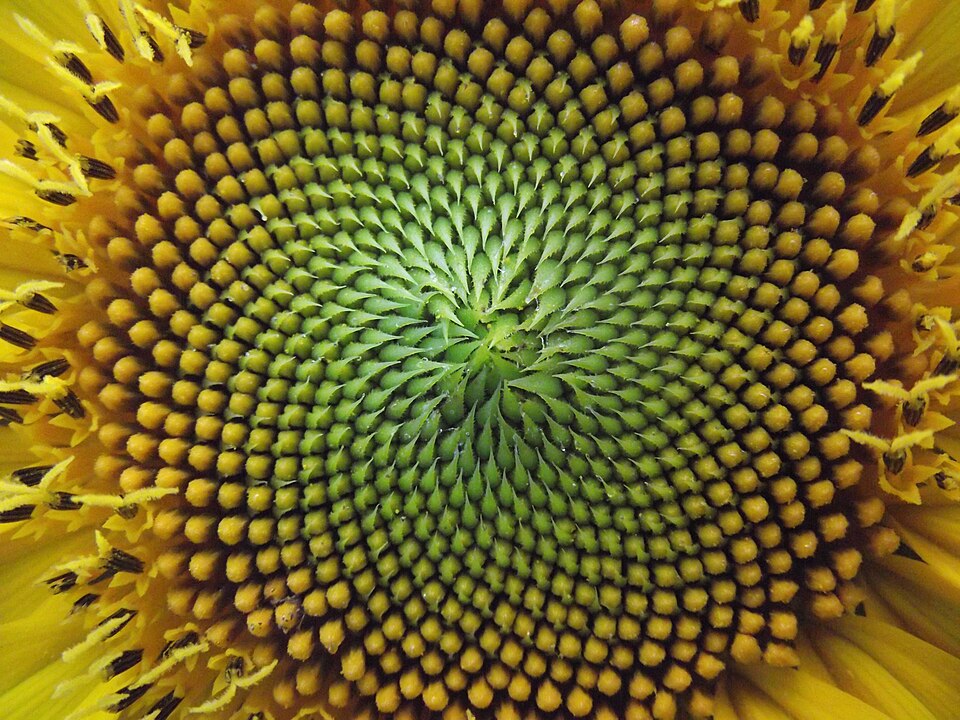
Later, focusing the attention on medicine, fractal studies started to deal with capillary, kidney and liver structure and measuring their cicatrices through mathematical calculations and fractal formulas.
You may wonder if all that is scientifically sound and, considering that the matter is getting more and more complex, the answer should be affirmative, since by now the latest frontiers of science have to be expressed through metaphors and analogies.
Science needs at this point a new language, fit for the purpose of expressing what is inexplicable to human mind. We don’t live any longer in Newton’s smooth universe, but in a hyperconnected, pluridimensional and relative Universe, which for that reason is made folded up and rough like a rag.
This is surely the crucial point of Philosophy of Modern Science, which has been influenced by Cartesian rationalism and Aristotelian thought (and not much inclined to listen to dissenting voices as Giordano Bruno’s or to rediscover Plato), but if we turn our eyes to the past and penetrate into the twists and turns of history, already in ancient times we can find the language which today science is looking for.
We are talking about the Language of the Birds, which is exactly based on metaphors and analogies, and it has been handed down through the Sumerian, the Egyptian and the Hebrews until today in the form of images, myth and magic.
Hermes Trismegistus in the western world and Lao Tze in China had sensed the existence of fractals even if they were not able to provide a mathematic demonstration of them; but Hermetic and Taoist principles (in the Western and Eastern world respectively) are precisely about secret connections in natural shapes, from infinitely small to infinitely big (Fig. 4)

As I have already explained in the article:”The case and the canon in Chinese and Jews numerological traditions: analogies between the Yi Jing and the Sepher Yetzirah “, in both systems mathematics supports analogical connections which allow to link the so called macrocosm with microcosm, exactly as it happens with fractals.
And we now see how ancient thought, carrying along its integrated approach between reason and intuition, is coming back in all its power as in a cyclic pathway (see Giambattista Vico) to gather up the mysterious curves of the stars with the water underground paths, following a logical pattern which could be understood also by today scientists’ minds.
At the root of the whole question there is the understanding and the use of Universal Energy.
The most important thing is not if it is easier to grasp Einstein’s formula or the Book of Changes (Yi Jing) or the Kabbalah, but what really matters is that we are now able to make an integrated use with the purpose of bettering people’s lives and going deeper and deeper into our relation with the environment, both with the restricted field of our home and with the much wider space that is.our Universe.
The energy exchange between us and the world is essential (Fig. 5); hence it follows the importance of understanding the subtle connections among the different shapes not only of material objects but of light and sound waves as well.
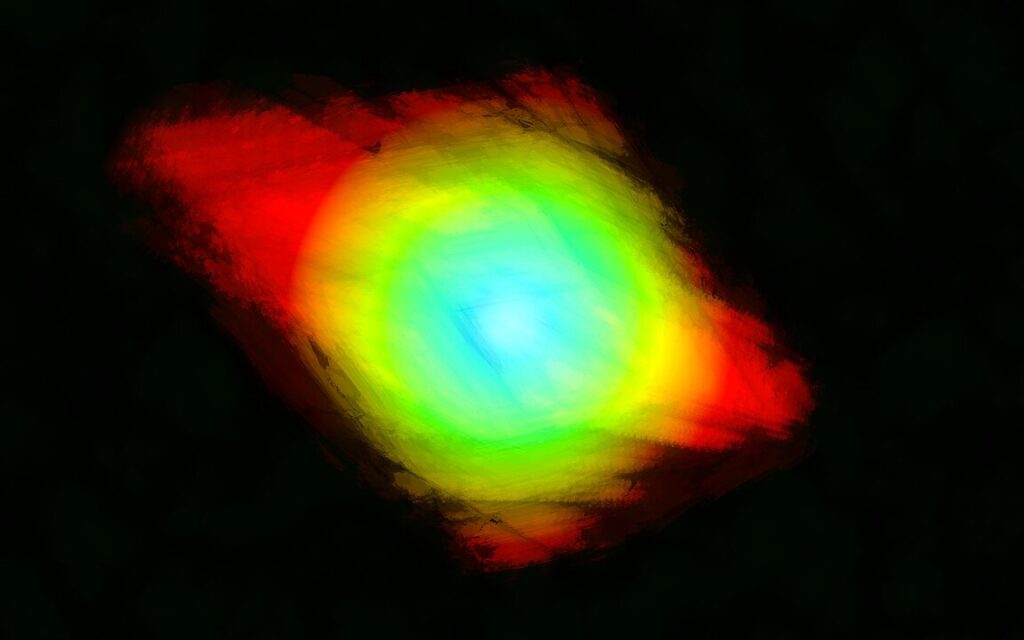
Feng Shui has always explained this concept using its rules and its philosophical system, in the respect of tradition but at the same time with an open attitude to anything which could follow its principles and complement them.
Even before being called Feng Shui, at the dawn of civilization it was born as an orientation system, later it underwent a standardization with Taoism, and nowadays, handed down through Tibetan Bon Buddhist tradition in the Nineties, it has quickly widespread all over the world, assimilating the most useful suggestions from the technological and scientific world.
Today Feng Shui means also Geobiology, a science arising from ancient dowsing, a fundamental technique for the management of underground water resources since the most ancient times. Geobiology now arises again with the aid of new tools such as geomagnetometers, which can measure the slightest changes in the terrestrial magnetic field.
Furthermore, the measurement and the evaluation of energy do not concern only the presence and the movement of air and water, but of sound and light waves as well. All things considered, this kind of frequencies can be more or less consciously felt by human body, but in any case they affect it both in its subtler aspects and in nervous system functioning.
Thus, we can rebuild our house and give it new shapes and dimensions by reharmonizing not only its geometrical structure, but its sound and light frequencies waves as well.
Cymatics deals with the connection between sound, matter and geometrical figures.
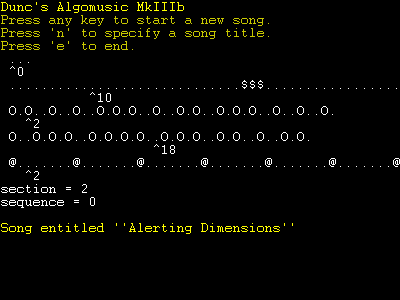
In fig. 6 you can see sound waves with corresponding geometrical figures which can be classified and used in Feng Shui, such as the shells shown in fig, 7: they represent fractals that can be placed in a living space according with Feng Shui methodology.
The sound waves shown in fig. 6 (which could be later reproduced as real music within the considered space) can be classified, according to Wu Xing, as Fire shapes, while the shells in fig. 7 are Water shapes.
Through sounds and images, these shapes can be then traced back to macrocosm, as they have a universal meaning which is well explained by fractal theory.
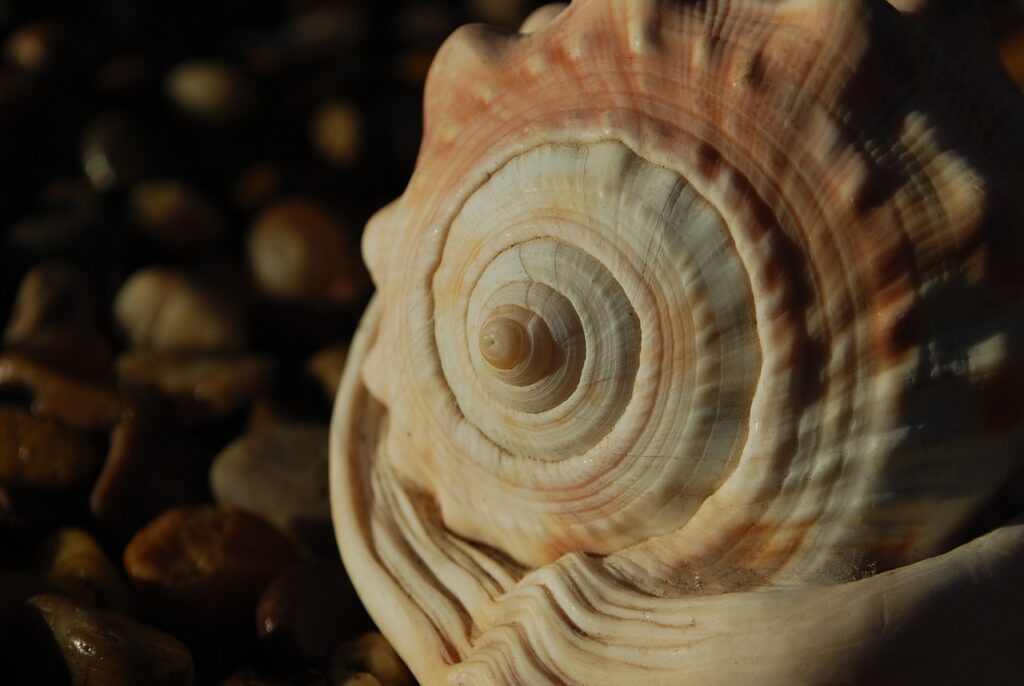
This kind of fractal is even more meaningful:
which Feng Shui interpretes as moving Qi (moving energy). Its macrocosmic aspect is manifest, as well as it has an appearance like a single Qi particle. In the case of fig. 8, Feng Shui can use this image to liven up a dull area.
Another case of Feng Shui application is given by geometrical shapes, getting the idea from architecture and art:
Harmonic proportions are essentials in works of art. In the picture shown in the “Itinerario nell’arte” by Cricco, Di Teodoro, ed. Zanichelli, you can notice that the whole façade of S. Maria Novella in Florence is completely inscribable in a square, while three squares with the side half long than the greatest are circumscribing the central areas of the façade: two of them the lowest, while another square the upper central. Moreover, you can spot other meaningful relations within the façade.
All that finds a confirmation in the principle of auto-resemblance of fractals; in this case it’s not a recurring image, but, as we have seen above, the recurrence of the inner proportions of its parts.
This architectonic principle can be plainly applied in a living space, considering the different geometrical value given by Wu Xing to the basic geometric figures (circle, square, rectangle, triangle).
And in the end we conclude by showing a flower-mandala fractal pattern which can be used by Feng Shui, in order to mark the house center thanks to the very symbolic power of the image. (fig. 10).
